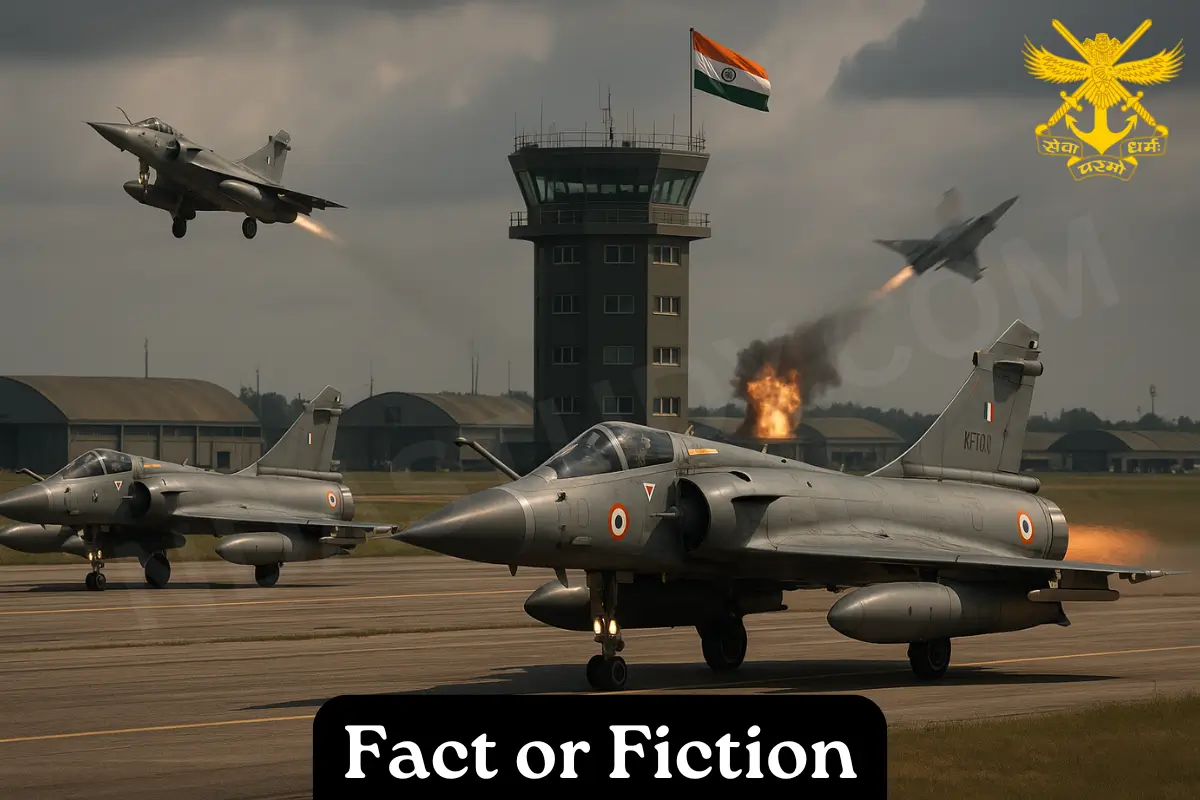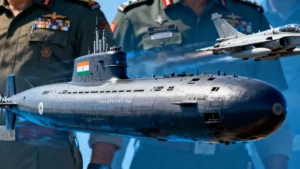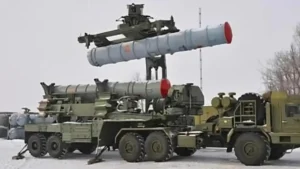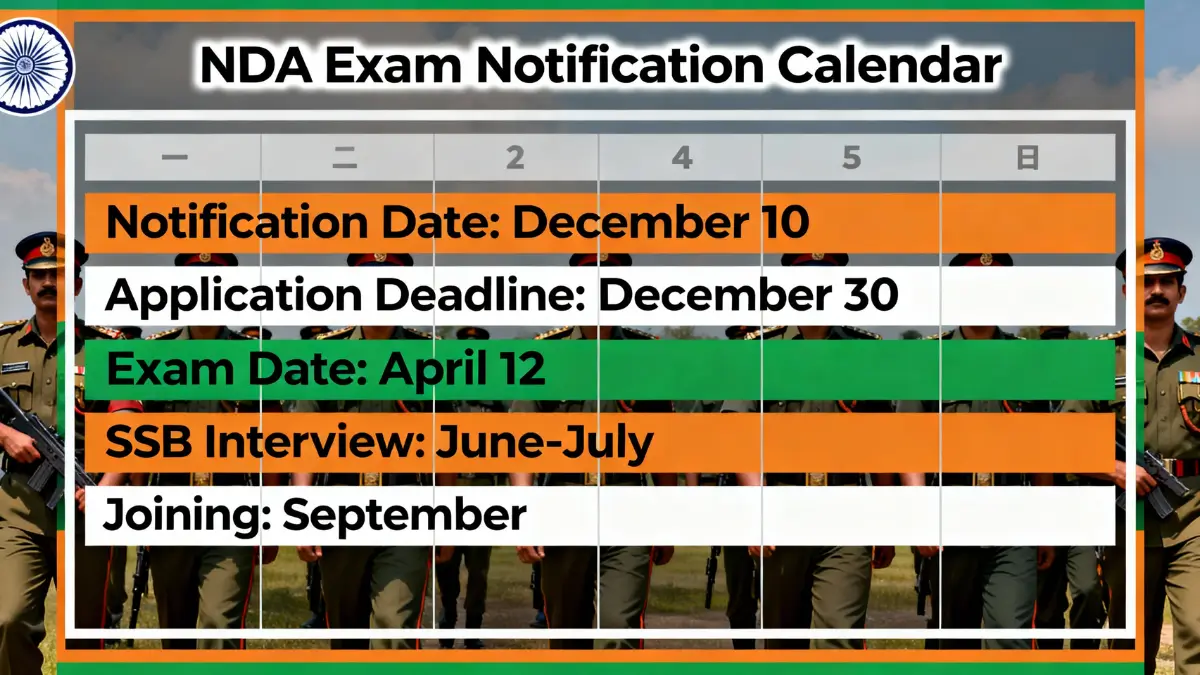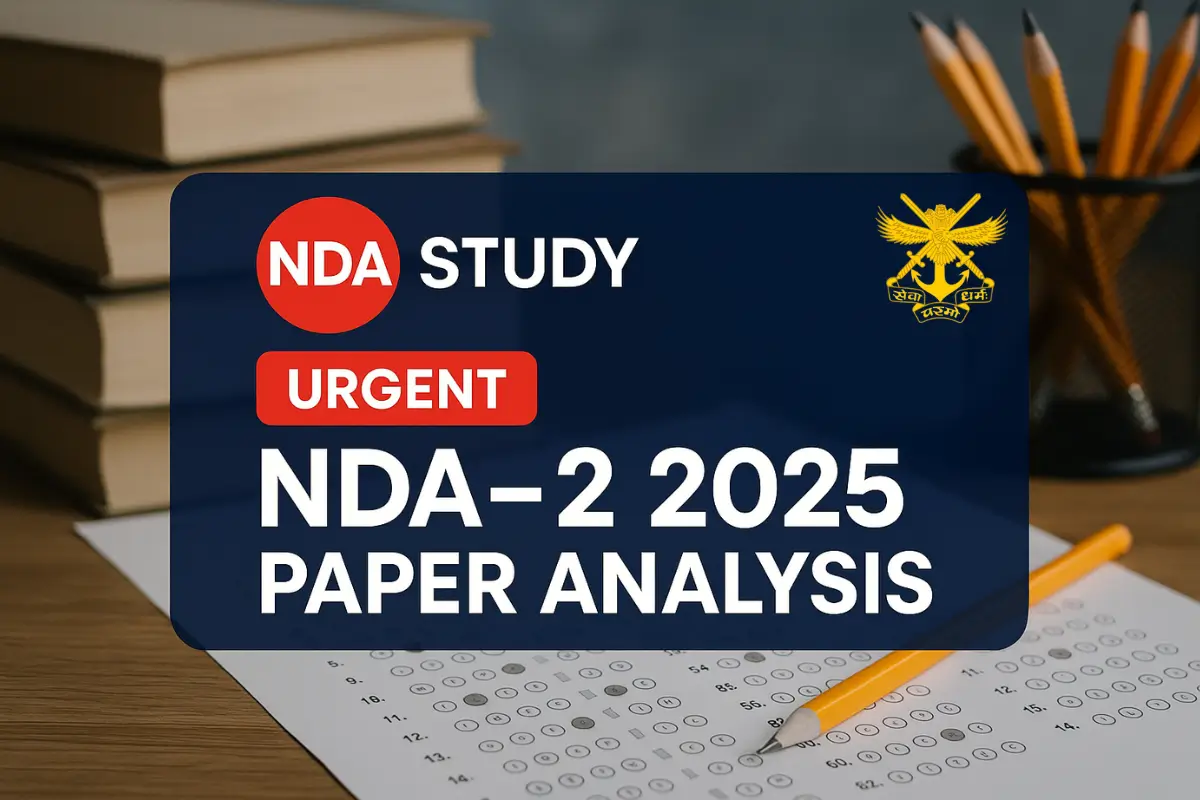In a controversial and widely debated statement, the ex-PAF Chief claims strikes on 34 IAF bases during the intense India-Pakistan conflict in May 2025, alleging that the Pakistan Air Force (PAF) targeted over half of India’s airbase infrastructure. According to these claims, 34 out of approximately 60 Indian Air Force bases were hit, representing a massive operational reach. However, these assertions have been met with significant scepticism and online mockery due to the absence of credible evidence, official confirmations, or satellite imagery supporting such large-scale damage. The Indian Air Force and defence analysts have strongly refuted these claims, emphasising the resilience of India’s air defence systems during the conflict.
This controversy has sparked a widespread social media backlash, highlighting the dangers of misinformation in defence narratives and its impact on India-Pakistan relations in 2025, specifically during Operation Sindoor, etc.. For Indian youth and defence aspirants, understanding the difference between military claims vs facts is critical amid rising tensions and frequent misinformation. The debate underscores the need for media literacy and fact-checking in defence news in India, especially when such claims influence public perception and diplomatic discourse.
This article will fact-check the controversial Indian Air Force strike claims of 2025, present official responses, analyse social media reactions, and explore the broader implications for regional security and India-Pakistan relations.Summary: EX-PAF Chief Claims Strikes on 34 IAF Bases
The former Chief of the Pakistan Air Force (PAF) has made claims regarding strikes on Indian airbases during the May 2025 conflict between India and Pakistan. He alleges that the Pakistan Air Force launched extensive attacks on the Indian Air Force infrastructure. According to these controversial claims, the PAF targeted over half of India’s approximately 60 airbases, suggesting a large-scale offensive intended to cripple India’s aerial capabilities. The ex-PAF Chief stated that while Pakistan struck 34 Indian bases, the Indian Air Force managed to hit only one Pakistani airbase, highlighting a perceived tactical imbalance.
These assertions came amid heightened tensions along the India-Pakistan border in 2025, following Operation Sindoor, India’s retaliatory strikes on Pakistani terror camps, and subsequent aerial skirmishes. The former PAF Chief’s statements have fueled a significant backlash on social media and fostered misinformation within defence circles, prompting fact-checks and official denials. Indian Air Force news sources and defence experts have strongly refuted the scale of damage suggested, emphasising the robustness of India’s air defence and operational readiness.
The seriousness of these claims lies in their potential to shape public perception and impact India-Pakistan relations in 2025. It is crucial to distinguish between military claims and facts. For Indian youth and those aspiring to join the defence sector, understanding the truth behind such misinformation is vital for informed discourse and national security awareness. This article aims to debunk rumours regarding IAF base strikes and analyse the broader implications of these controversial claims.
Official Indian Air Force Response
In response to EX-PAF Chief Claims Strikes on 34 IAF Bases, the Indian Air Force (IAF) and the Ministry of Defence have firmly denied these allegations. They categorically refute the assertion that Pakistan successfully targeted over half of India’s airbases during the conflict in May 2025. Official statements emphasise that there is no credible evidence—such as satellite imagery or independent verification—to support these claims.
The IAF has highlighted the effectiveness of its robust air defence systems, including the S-400 missile shield, which intercepted most incoming threats and minimised damage to Indian infrastructure. Indian defence sources noted that while Pakistan’s counter-attacks were aggressive, they caused negligible damage. In contrast, India’s retaliatory Operation Sindoor inflicted significant harm on multiple Pakistani airbases, a fact that has been confirmed by international media and satellite data.
The lack of transparency and verifiable proof from Pakistan has led to widespread scepticism and backlash on social media, further debunking the rumours of IAF base strikes. Ongoing assessments by Indian military analysts continue to monitor the situation, but no official investigation has validated the claims made by the ex-PAF Chief. This episode underscores the critical need for fact-checking regarding Indian Air Force strikes amid heightened tensions between India and Pakistan in 2025. It also highlights the dangers of misinformation in defence narratives, particularly for Indian youth and aspiring defence personnel engaged with defence-related news in India.
Social Media Backlash and Misinformation Impact
The former PAF Chief claims that strikes on 34 IAF bases quickly went viral on Twitter, Instagram, and WhatsApp, leading to widespread backlash and intense debate on social media. Within hours, pro-Pakistan and anonymous accounts amplified these controversial claims regarding Indian Air Force strikes in 2025, often without credible evidence. However, Indian netizens, defence experts, and fact-checkers quickly debunked these rumours, exposing them as misinformation intended to distort India-Pakistan relations.
Public scepticism was evident, with many users mocking the exaggerated claims and sharing official updates from the Indian Air Force that highlighted the strength of India’s air defence. Fact-checking organisations and government bodies actively countered these falsehoods, emphasising the importance of media literacy and the need for critical evaluation of military claims versus facts. This situation underscores the serious dangers that misinformation poses, not only by risking national morale but also by confusing Indian youth and defence aspirants who rely on accurate news about defence matters.
The viral spread of these unverified claims illustrates how social media can exacerbate misinformation related to defence in India, heightening border tensions between India and Pakistan and complicating public understanding. For Indian youth and the broader audience, this serves as an important reminder to verify information before sharing it and to support fact-based discussions in sensitive defence matters.
Implications for India-Pakistan Relations and Public Perception
The former Chief of the Pakistan Air Force claims that strikes on 34 IAF bases during the May 2025 conflict have significantly strained India-Pakistan relations. These unsubstantiated claims, which amplify defence misinformation in India, pose a risk of escalating tensions and hindering efforts toward regional stability, even after a ceasefire was announced on May 10, 2025. Such narratives can influence public perception, affect military readiness, and foster distrust. In this environment, media literacy is essential for understanding defence news.
The viral spread of controversial claims regarding Indian Air Force strikes in 2025, which were quickly debunked by official statements and satellite imagery confirming damage to Pakistani bases, highlights the need for critical thinking. For defence aspirants and the general public alike, it is crucial to fact-check claims regarding Indian Air Force strikes and to distinguish between military assertions and factual evidence. Balanced reporting is vital to counter social media backlash and ensure accurate public discourse. This helps to prevent harmful speculation and promotes informed awareness among Indian youth about the real implications of tensions at the India-Pakistan border. By doing so, we can foster a clearer understanding of events rather than succumbing to propaganda.
Frequently Asked Questions (FAQs)
Did the ex-PAF chief really claim strikes on 34 IAF bases?
Yes, former Pakistan Air Force Chief Sohail Aman publicly claimed that during the May 2025 conflict, the PAF struck 34 Indian Air Force bases, representing over half of India’s airbase infrastructure. However, these claims lack credible evidence and have been widely questioned.
What is the official stance of the Indian Air Force on these claims?
The Indian Air Force and Ministry of Defence have categorically denied the claims, stating that most Pakistani attacks were intercepted with minimal damage to Indian bases. Independent satellite imagery and official reports confirm significant damage to Pakistani airbases during India’s Operation Sindoor, but no credible evidence supports the alleged scale of strikes on Indian bases.
How can misinformation affect India-Pakistan relations?
Misinformation like these claims can escalate tensions by fueling distrust and hostility, complicating diplomatic efforts. It also affects the public perception of military readiness and national morale, potentially destabilising the already fragile India-Pakistan relations in 2025.
Why is media literacy important in defence news?
Media literacy helps Indian youth, defence aspirants, and the general public critically evaluate conflicting reports, distinguish facts from propaganda, and avoid spreading misinformation. This is vital to maintain informed discourse and national security awareness amid frequent social media backlash and defence misinformation.
Author’s Word: The Path Ahead
The ex-PAF Chief claims strikes on 34 IAF bases have stirred controversy, misinformation, and intense debate, highlighting the fragile nature of India-Pakistan relations in 2025. While official Indian Air Force responses and independent analyses have debunked these claims, their viral spread underscores the urgent need for media literacy and critical thinking among Indian youth, defence aspirants, and the general public. In an era where misinformation can escalate tensions and impact national morale, balanced reporting and fact-based discourse are more vital than ever.
Moving forward, it is essential to strengthen fact-checking mechanisms and promote responsible consumption of defence news India. For defence aspirants and enthusiasts, understanding the difference between military claims vs facts is crucial to navigate complex geopolitical narratives. The focus must remain on transparency, verified information, and constructive dialogue to safeguard India’s strategic interests and foster informed public awareness. Only through such an approach can India build resilience against misinformation and maintain a secure, confident stance in the Indo-Pacific security environment.
Stay Tuned & Stay Connected!
